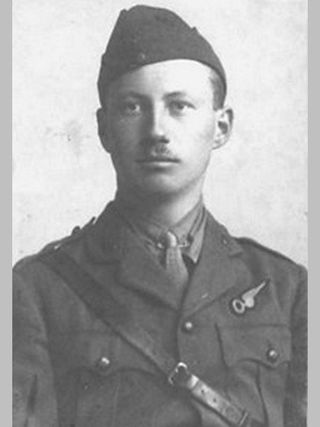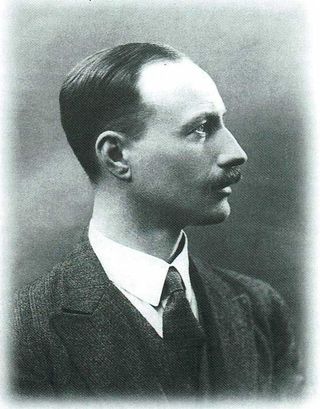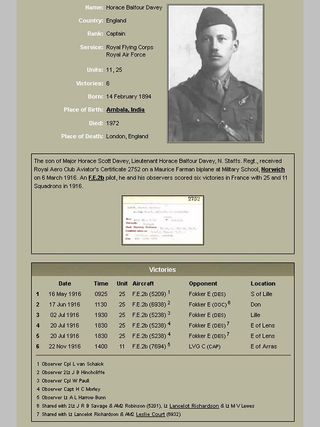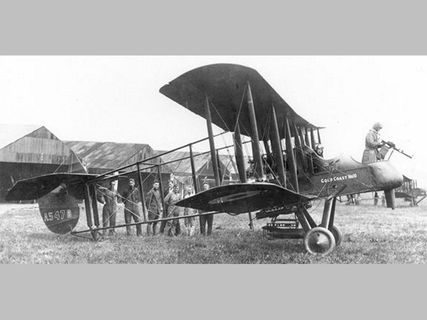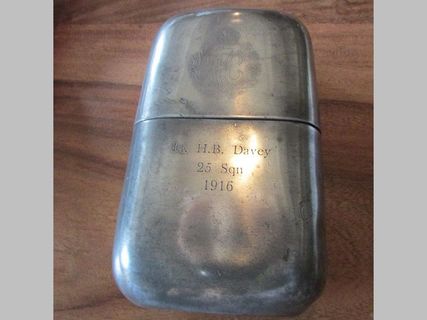Captain Horace Balfour Davey (14 Feb 1894-12 May 1972).
The genius behind the E.M.G range of gramophones
In 1916, Balfour Davey was an ACE fighter pilot in the Royal Flying Corps. An F.E.2b pilot, he and his observers scored six victories in France with No.25 and No.11 Squadrons.
In life he was shy and retiring. After the war, his cultured upbringing and his scientific mind lead him to pursue improvements in the reproduction of the gramophone. He was one of the amateur pioneers, Percy Wilson introduced to Ginn.
In 1928 Davey joined E.M.G and designed the new range of gramophones. In July 1928, the first machine to use the Davey Mark number was introduced, the Mark VII. This breakthrough machine set the benchmark with its scientific approach and excellence. It was quickly followed by the Mk VIII with its excellent external Wilson Horn. Aimed at providing the best gramophones available, E.M.G became a thriving business.
Electrical reproduction brought challenges but Davey brought in a leading expert, his brother Captain Francis Granville Gordon Davey who had just left the army’s, Royal Signals.
With success came the need for cash flow to increase production. In November 1928, Ginn signed a loan agreement. He then proceeded to buy a house and tried to furnish it using E.M.G’s master carpenter Frank Darrieulat. This would have brought production to a halted at E.M.G. By March 1930, Ginn had lost “his” company and Horace Balfour Davey found himself in charge of E.M.G. By June 1930, Ginn in direct competition, had started up as EXPERT Handmade Gramophones.
For the next 42 years until his death in 1972, Balfour Davey continued to produce some of the best gramophones ever made and in later years ventured into Hi-Fi and concentrated on providing his loyal customers with the unique services of recommending which records to buy through E.M.G’s “Monthly Letter” the “Art of Record Buying” which reached its 50th year of production in 1980, when E.M.G went into voluntary liquidation.
As Frank James in his uniquely revealing book, “The E.M.G Story” put it, “To those few who are privileged to listen to music by means of an E.M.G machine, the names of Frank and Balfour Davey will remain for ever amongst the immortals, and the letters E.M.G. will remind us of a standard of service whose like we shall never see again.”
